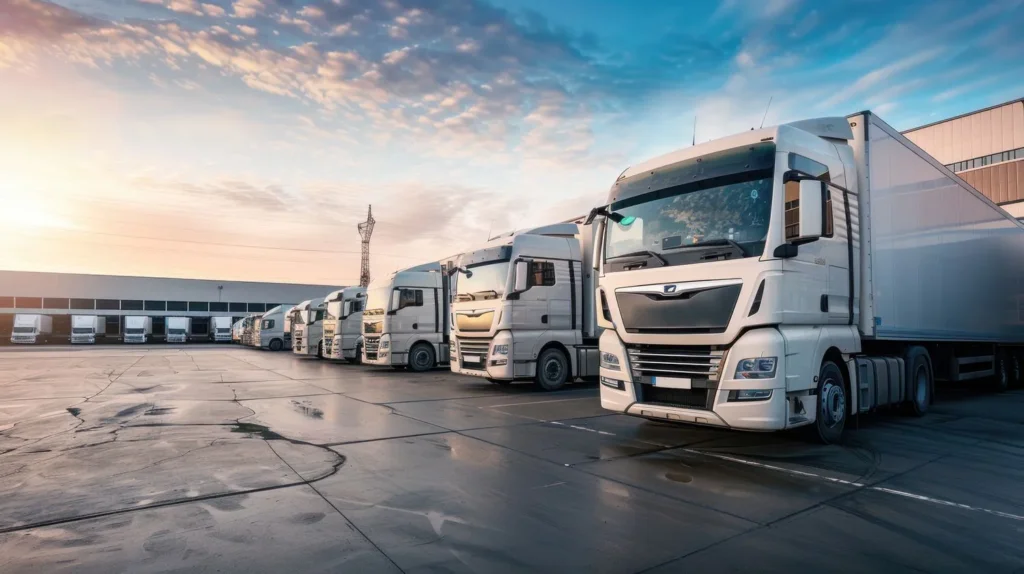The authorisation of the OSNMA authentication mechanism has been postponed and is not expected until October 2024 at the earliest.
“According to Implementing Regulation (EU) 2023/980, transitional vehicle units may only be fitted to vehicles registered for the first time until 31 May 2024 or until five months after the date of the OSNMA service declaration, whichever is later,” informs the Polish General Inspectorate of Road Transport (GITD).
As a reminder, OSNMA (Open Service Navigation Message Authentication) technology is used to authenticate positions determined by the European Galileo navigation system. It is also designed to protect the location signal from interference and fraud.
Due to delays in the development of its functionality, the service is expected to be available for G2V2 tachographs five months after the announcement that it is ready for introduction. The announcement date has been delayed until October this year.
“After this time, all tachographs fitted to newly registered vehicles will have to be equipped with OSNMA functionality. The full application of this technology in the so-called transitional tachographs currently fitted is problematic. Although they have the ability to be upgraded, the information we have received shows that this service requires antennas with less interference, and these cannot be fitted to most G2V2 transitional tachographs,” says Mateusz Włoch, Inelo development and training expert from the Eurowag Group.
The expert points out that they cannot connect an external antenna. He adds, however, that hauliers whose fleets are equipped with so-called transitional tachographs will not have a problem with this, as the regulations do not require the G2V2 tachographs currently fitted and replaced to be updated with the new OSNMA function.
At the recent CORTE conference, the urgent need to replace working time recording equipment with second-generation smart tachographs was also raised. Currently, a small number of vehicles are equipped with the latest version of smart tachographs, and it should be remembered that appointments at workshops dealing with their replacement in some countries are already booked until the end of the year. For this reason, CORTE and its member company Inelo are calling on hauliers not to leave the replacement of the device to the last minute. There is a considerable risk that they will not be in time.
“For vehicles equipped with pre-2019 analogue and digital tachographs, the deadline for replacing the equipment is 31 December 2024. Users of first-generation smart tachographs (G2V1) have slightly more time to replace their tachographs. For them, the final deadline for replacing tachographs is 19 August 2025,” Mateusz Włoch reminds us.
“Delaying the installation of G2V2 equipment may entail the withdrawal of international traffic vehicles for a certain period of time and, in the case of transport operations in other Member States, severe financial penalties and even loss of good reputation due to the qualification of this infringement as the most serious,” the expert warns.
Errors in smart tachograph 2.0
Another important topic discussed at the CORTE conference was errors in second-generation smart tachographs, which were recently reported on, citing reports from the Spanish transport union federation Fenadismer.
“This is an extremely important topic for transport companies and inspections. They should be aware of the problems that can occur in the functioning of tachographs, especially the new ones, in which the degree of complexity is much greater through the use of GNSS location,” emphasises Piotr Żółty, international business development director and Inelo expert from the Eurowag Group.
The most common error is the loss of contact between the driver card and the tachograph. The ejection of the card can occur for various reasons, but the result is most often the same error called ‘last card session closed incorrectly’.
“In this case, the data on the card may be stored incorrectly and, for example, record the driver’s driving while resting or vice versa, i.e. record rest while driving. Controlling the drivers’ working time with the use of modern tools makes it easy to detect such anomalies,” claims Piotr Żółty. The occurrence of errors during the recording of drivers’ activities by tachographs creates many risks not only for carriers but also for control services which have to interpret distorted data. For this reason, the subject of errors occurring during tachograph operation has been extensively discussed by the international group of CORTE member institutions and organisations.








